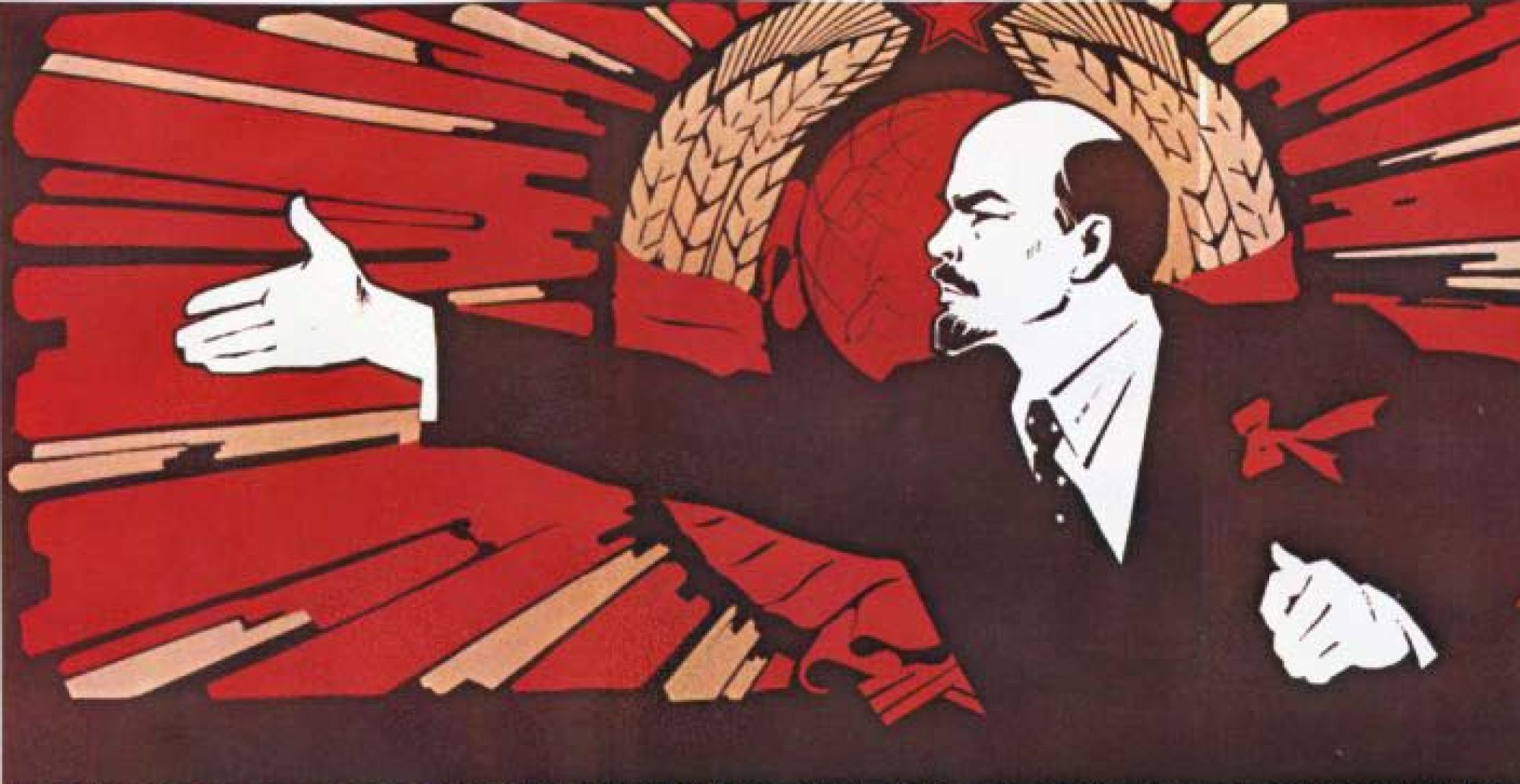In the darkest points of the siege of Leningrad, music provided a light for the people. Specifically, the musical symphony composed by Dmitrii Shostakovich had a monumental effect on the people. Shostakovich produced an incredible symphony that played over the radio when the people breached part of the blockade. One old woman walked across the city and went past the militiamen in the middle of the night just to congratulate the Leningraders on their victory. This music served as a unifying force to the people. One housewife exclaimed, “I just stood by the loudspeaker all night long, listening, and I did not feel alone.” Even though the sound of music is intangible, the symphony produce by Shostakovich simply embodied everything the people of Leningrad were feeling. Now given all of this, would the symphony be considered a form of socialist realism?

Russia, the Soviet Union, and the CIS (HIS240 S20)
Revolution and its evolution!
I would consider this social realism. The music holds a very powerful and strong feeling that would serve as an inspiration to go out and fight in the name of the USSR. I agree with your quote that it served as a unifying force to the people. The goal of those fighting at Leningrad was to defend the city for the sake of the nation, and the music would serve as an auditory embodiment of this mentality. For this reason, it would consider this social realism.
I agree that the symphony qualifies as socialist realism. We learned in lecture that in order to be considered socialist realism, a piece had to meet specific qualifications. For music, pieces that fell under the jazz or gypsy category were banned and approved music was made readily available. Since the symphony is not jazz or gypsy music I would consider it to be socialist realism. The symphony was also written, performed, and enjoyed by all Soviet citizens, regardless of class or rank.
Your point about what we learned in lecture is a great one. This piece does meet the qualifications of socialist realism since it is not gypsy or jazz. The reason I question it is because socialist realism was generally art pieces that were spelled out in black and white. They did not leave much open to interpretation. Pieces like “How the Steel was Tempered” very transparently convey socialist/Soviet values. Since music is an art form that is so open to interpretation it seems like it could be more of an avant-garde thing. Like the slideshow of paintings we saw, avant-garde art was the art that left the meaning up to interpretation. I tend to lean towards this music as avant-garde simply because there is no way to ensure that everyone listening would get the effect that socialist realism is supposed to encourage.
Yes, I agree that this is socialist realism. Though there were other qualifications like Paige noted in her prior comment, this symphony met them anyways. The point of socialist realism was to unite the people of the Soviet Union, and I could imagine that hearing this piece of music that was not just a chant of the same chorus over and over would be very inspiring and uniting, especially during a time of war.
Yes, I agree that the point of socialist realism is to unite the people, and that music could be a very effective way to do so. However, I wonder if the effect the piece had on the listener would vary greatly. There’s obviously no way to know if everyone at the time felt the same way about the symphony. (And while I totally agree that it was socialist realism I’m just having fun playing the devil’s advocate). Perhaps the symphony could have inspired some people, perhaps it could have frustrated people so much that they turned away from Soviet culture. It could have been frustrating because it didn’t physically do anything against the Nazi’s. I am unsure, just food for thought.